Human milk is considered as ‘gold standard’ as it is the best form of nutrition for infants. WHO and UNICEF recommend exclusive breastfeeding for the first 6 months of life with introduction of complementary food at 6 months of age and continuation of breastfeeding up to 2 years.1
Human milk composition is unique and acts as a complete source of energy, provides several nutrients which acts as bioactive components that are specifically adapted and formulated to support infant’s growth and development.2 Some of these bioactive compounds are human milk oligosaccharides, α-lactalbumin, lactoferrin, taurine, milk fat globule membrane, folates, polyamines, long-chain polyunsaturated fatty acids (DHA & ARA), prebiotics and probiotics etc.3
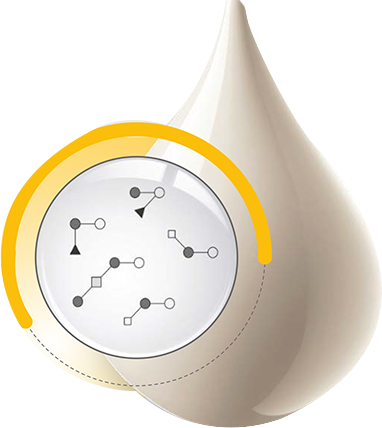
What are Human Milk
Oligosaccharides?
Human milk oligosaccharides (HMOs) have become a topic of research due to its nutritional and health benefits for almost a century.4
HMOs are natural occurring prebiotics found in abundance in human milk.
3rd Largest solid
component In human Milk4,5
HMO content of colostrum is around 20g/L which later drops to 12-15g/L in mature human milk4.
More than 1000 different oligosacharides are present in human milk5,6, of which around 162 different structures have been characterized.7 2’-Fucosyllactose (2’-FL) is the most predominant oligosaccharide present in human milk.8
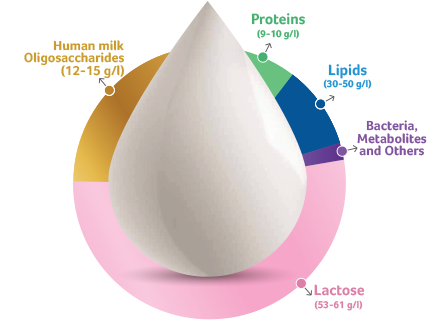
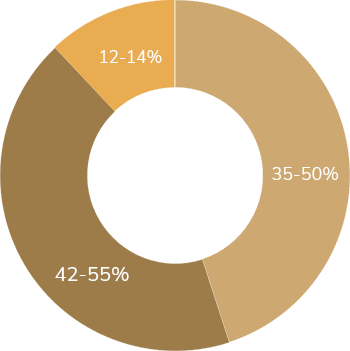
- Fucosylation HMOs
- Non-Fucosylated HMOs
- Non-Fucosylated HMOs
HMOs are classified into 3 main types namely9
- Neutral N-containing or Non-fucosylated HMOs
- Neutral or Fucosylated HMOs
(e.g. 2’-Fucosyllactose) - Acidic or Sialylated HMOs
(e.g. 2’-Sialyllactose)
Each HMO has a unique profile which varies over time & is influenced by several factors4, 10
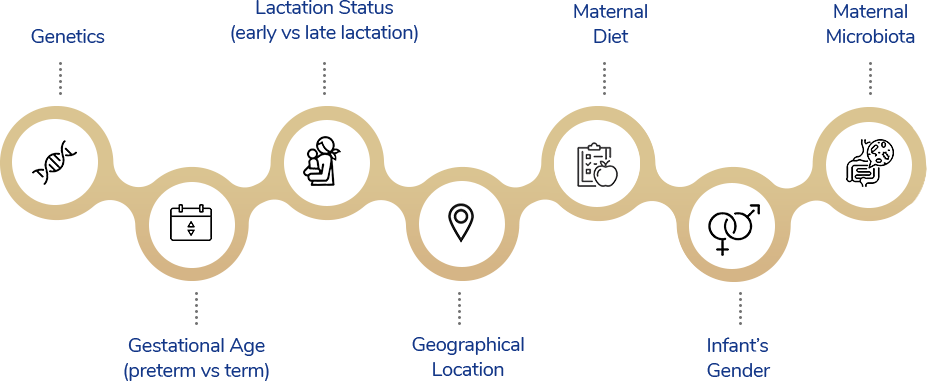

- WHO 2000
- Greer FR. et al. Pediatrics. 2008;121(1):183-9.
- Almeida CC. et al. Int J Food Sci. 2021 May 14;2021:8850080.
- Sprenger N. et al. J Hum Nutr Diet. 2022 Apr;35(2):280-299.
- Stahl B. et al. Anal Biochem. 1994;223(2):218-26.
- Thurl S. et al. Nutr Rev. 2017:920-33.
- Urashima. et al. Glycotechnol. 2018, 30, SJ11–SJ24.
- Erney RM. et al. J Pediatr Gastroenterol Nutr. 2000;30(2):181-92.
- Wiciński M. et al. Nutrients. 2020 Jan 20;12(1):266.
- Coppa GV. et al. Acta paediatrica. 1999;88(430):89-94.
- Zhang S. et al. Microb Cell Fact. 2021 Jul 21;20(1):140
Read Articles
Nutricia Pioneering Innovation

Videos
Publications
Restoration Of Gut Microbiota With A Specific Synbiotic Containing Infant Formula In Healthy Chinese Infants Born By Cesarean Section
Author: Wang Y, Wopereis H, Kakourou A, Liu M, Wu J, Li Z, Zhang L, Tan M, Low JSY, Liu M, Roeselers G, Knol J, Cai W.
Journal: Eur J Clin Nutr. 2025 Jun;79(6):567-575
DOI: 10.1038/s41430-025-01571-8
Effect Of Synbiotic On The Gut Microbiota Of C-sec Delivered Infants-a Randomized, Double-blind, Multicenter Study
Author: Mei Chien Chua, Kaouther Ben-Amor, Christophe Lay, Anne E.N. Goh, Wen Chin Chiang, Rajeshwar Rao, Charmaine Chew, Surasith Chaithongwongwatthana, Nipon Khemapech, Jan Knol, Voranush Chongsrisawat
Journal: Journal of pediatric gastroenterology and nutrition, 65(1), 102–106
DOI: 10.1097/MPG.0000000000001623
PREBIOTICS, GUT,
IMMUNITY & MORE
Test your Knowledge
1. What according to you, affects the infant gut microbiota the most?

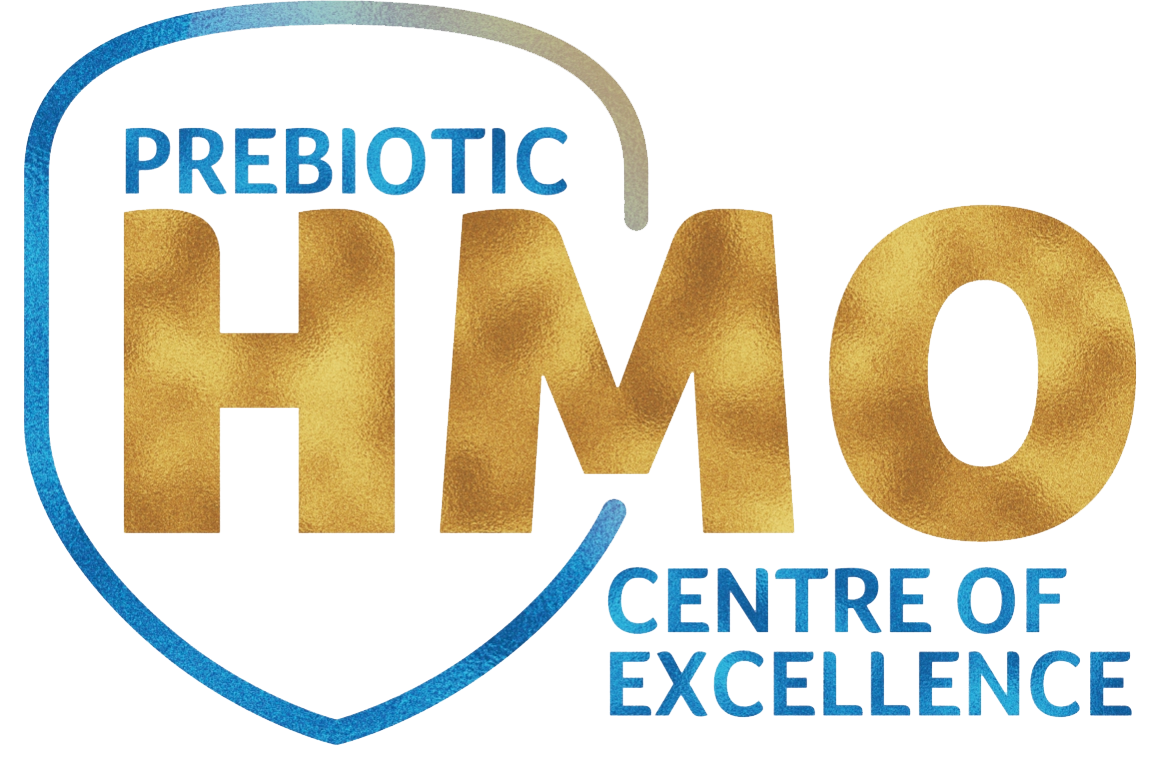








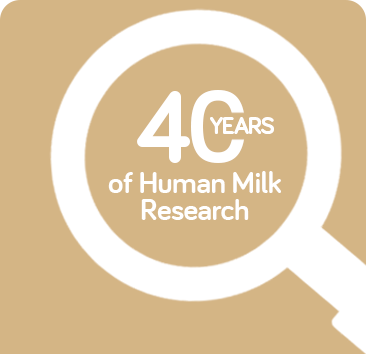
.png)
